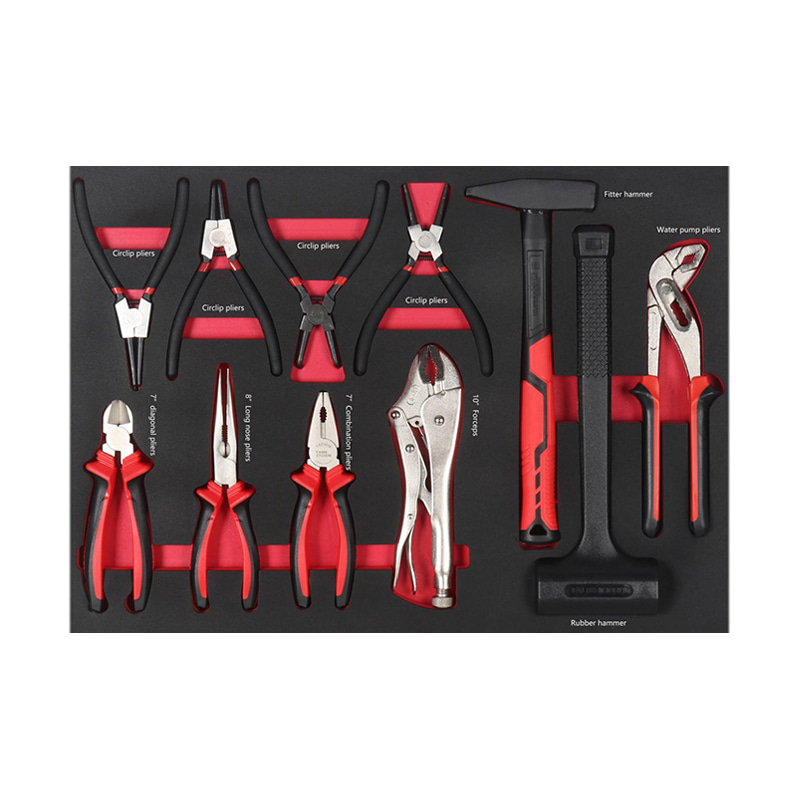When using vehicle tools, a series of basic safety operating practices must be followed to ensure safe and effective operation. Here are some key safe operating practices:
Familiarize yourself with tools and equipment: Before operating any vehicle tool or equipment, make sure you have a good understanding of its function and how to operate it. This includes reading and understanding the instruction manual and understanding the tool's design, working principles, and potential risks.
Check tool condition: Before using a tool, check that it is in good condition, such as cracks, worn or damaged parts. If problems are found, they should be repaired or replaced in time.
Use tools correctly: operate according to the instruction manual of the tool, and do not overload or perform inappropriate operations. For electric or pneumatic tools, pay special attention to the safe use of power and air pressure.
Wear protective equipment: When operating vehicle tools, you should wear appropriate protective equipment such as gloves, goggles, work clothes, and shoes to reduce the risk of accidental injury.
Keep the work environment tidy: When operating vehicle tools, ensure that the work area is tidy and free of clutter and obstructions. This helps prevent accidents such as falls and collisions.
Follow safe operating procedures: For specific vehicle maintenance tasks, appropriate safe operating procedures should be followed. For example, when changing a tire, make sure the vehicle is parked and use a jack to support the body.
Pay attention to electrical safety: When operating vehicle parts involving electrical components, be sure to cut off the power supply and comply with relevant electrical safety regulations to prevent electric shock accidents.
Safe operating practices when using vehicle tools involve many aspects, from tool selection and use to maintenance of the working environment, all of which need to be strictly followed. Only in this way can the smooth progress of vehicle maintenance work and the safety of operators be ensured.

 ENG
ENG  English
English Deutsch
Deutsch











 +86 (0)512-5297 3238
+86 (0)512-5297 3238 +86 (0)512-5297 3239
+86 (0)512-5297 3239 info@chinagoldenline.com
info@chinagoldenline.com  No.58, Yangguang Avenue, Yushan High-tech Industry Zone, Changshu City, Jiangsu, China.
No.58, Yangguang Avenue, Yushan High-tech Industry Zone, Changshu City, Jiangsu, China.

